
Online competition for sales and exposure has never been fiercer.
And the fight to win these sales is fought on search engine results pages (SERPs).
It makes sense, too. Who among us wouldn't type a question like "which computer is the best for graphic design?" or "HP laptop customer reviews" into a search engine before making a big, important purchase?
Even for a smaller investment than a computer, you always want to know you're spending your money wisely.
That's why it's no real surprise that, according to Semintify, 83 percent of consumers start their online shopping journeys by using a search engine, like Google, to find new products.
How to reach the coveted top spots of search engine results pages and score those customers?
Why Link Building Matters for E-commerce
Backlinks, also known as inbound or incoming links, are links to your website from other places on the internet.
For example, if a well-known blogger included your online business in a blog post and linked to your site, that would be a backlink.
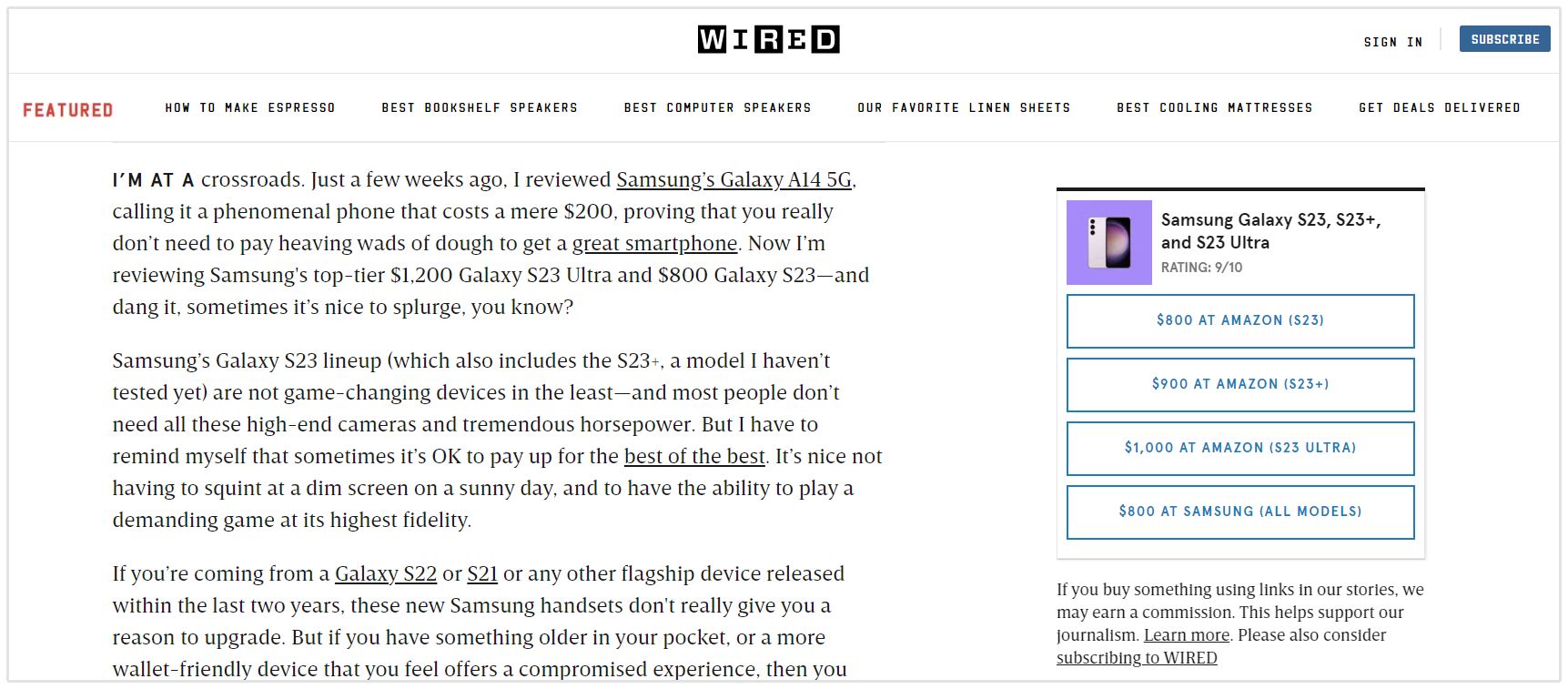
They communicate to search engines that a website is popular and worth visiting. The more backlinks to your website you have, the higher your site may rank in search engine results.
And, of course, you'll also get traffic directed to your site from the site where the link is placed.
That's why backlinks are the backbone of every e-commerce business.
Pun intended.
For e-commerce businesses, link building is super valuable for bringing in new customers, finding people who are ready to spend money on the right product and, ultimately, making those all-important sales.
Ready to boost your business's exposure and watch sale numbers jump up? Start with our favorite e-commerce link building strategies, and you'll be on the right track.
5 E-commerce Link Building Strategies
1. Check Out Your Competition
Begin your link building strategy by scoping out your competition.
This is called a competitor backlink analysis, and this process is a smart way to learn more about your competitor strategies while pocketing a few new ideas for yourself.
Start by searching on Google for the main keywords for which you want to rank.
Take note of the competitors that rank on the first couple SERP's. Search these competitors on Google AdWords's Keyword Planner to evaluate which keywords they rank for.
Then, use tools like SERPs.com's Rank Checker, Google Alerts and BuzzSumo to monitor mentions and content trends.
Most importantly, use a backlink-focused tool like SEOptimer to stay up-to-date with the links your competitors have already built.
The SEOptimer platform gives you a full overview of competitor backlink activity, monitors updates to competitor backlink profiles and alerts you about every updated, lost or newly-formed backlink.
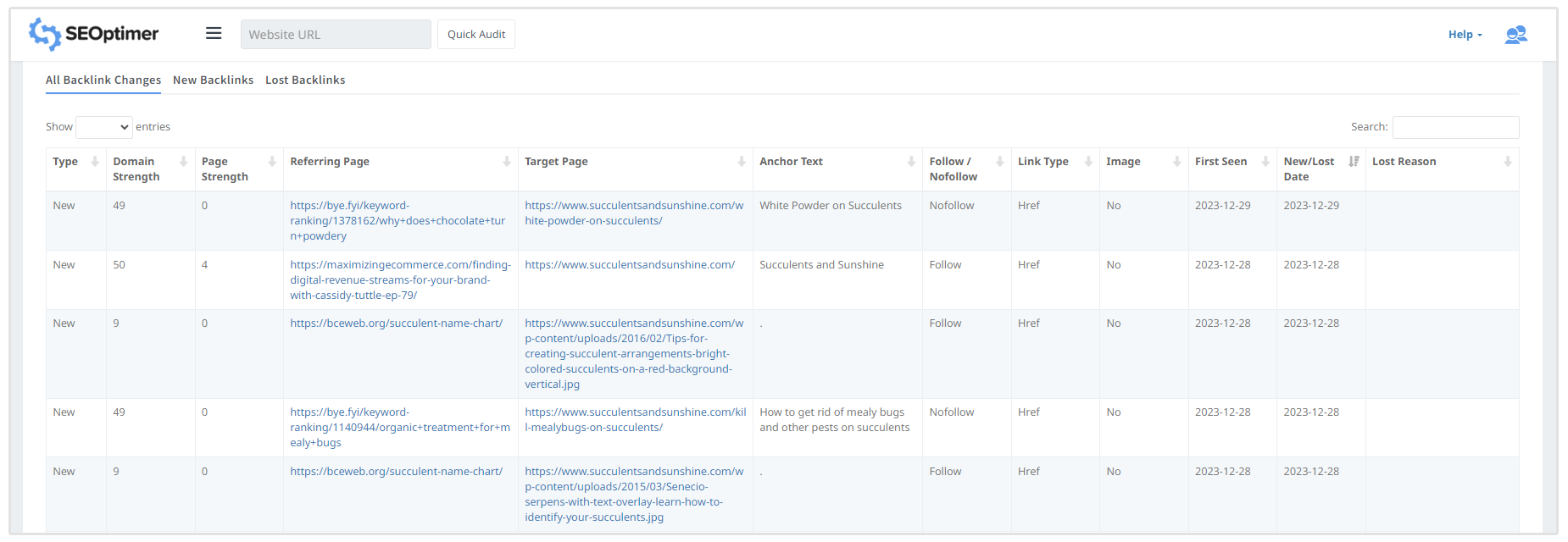
For a more detailed look at this process, we've compiled an in-depth guide to competitor backlink analysis. If your competitors can obtain links, there’s no reason you can’t do the same.
If fact, you can scoop their backlinks right up.
Go ahead—with a tool like SEOptimer you can easily leverage competitor backlink strategy to enhance your research and get a good idea of which sites will help you build good backlinks.
Of course, most e-commerce sites are bound to have toxic links within their backlink profiles. Be mindful when considering new websites for your backlinks. Not all backlinks are good backlinks.
Before you blindly follow any competitor's backlink strategy, do some research on the quality and content of each website, even ones you think you recognize.
2. Connect with Influencers and Consumer Review Sites
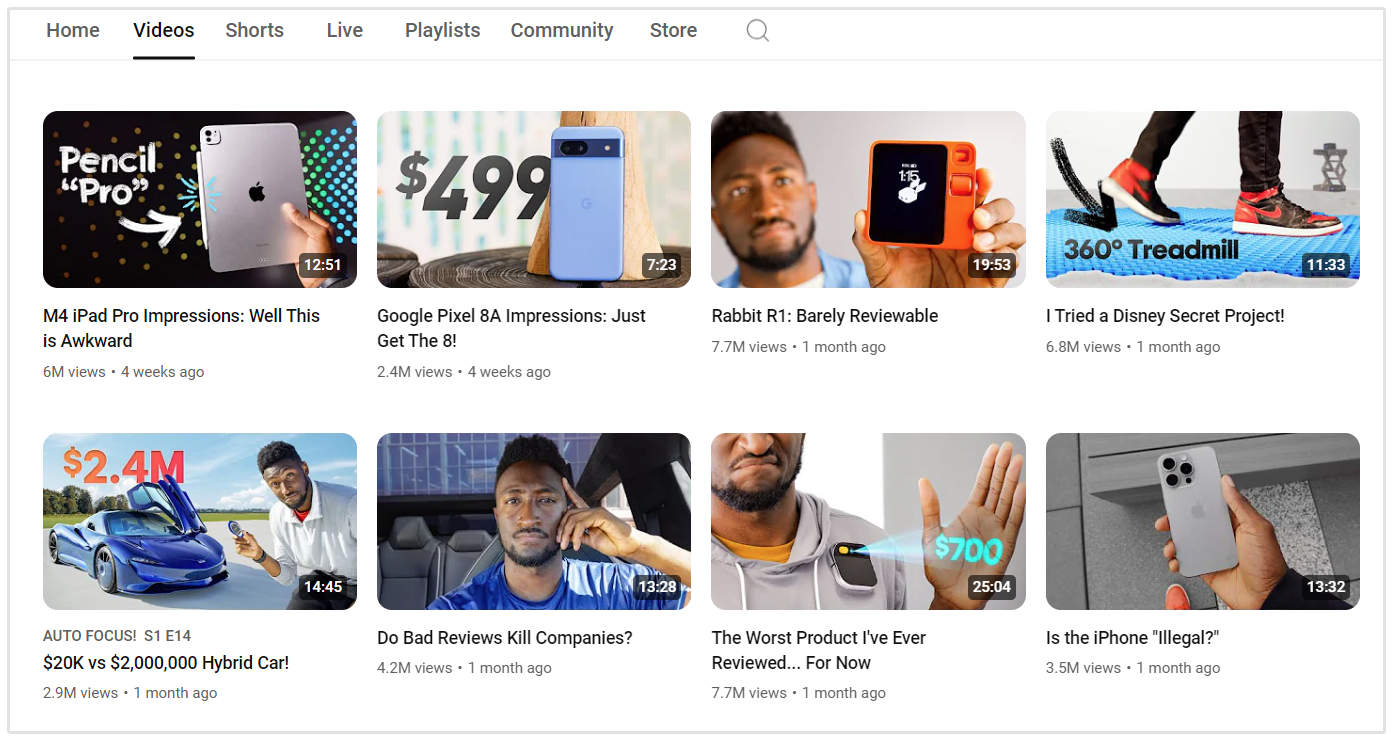
Social influencers, industry bloggers and consumer reviewers are powerful players in today’s e-commerce industry.
Many consumers use blogs and review sites to help compare and decide on which products to purchase. Social media influencers create conversation and buzz about products, leading to more reviews, mentions and purchases.
No matter the format, blogs, sites and social media platforms can help generate referral traffic and increase brand trust and loyalty.
Before reaching out to influencers, bloggers or reviewers, be sure that you’ve defined your audience.
Who you target with your products will determine who you should target for your backlinks. If your audience isn’t seeing your backlinks, the links won’t perform as intended.
Aim for people who are ready to spend money on your product.
For example, if your business is targeting college-aged women with makeup and beauty products, you’d probably prefer to build backlinks on blogs and review sites that appeal to this audience.
You wouldn’t want your business mentioned on an auto repair blog or hardware review site.
After clearly defining your target audience, find influencers and content and review sites that share the same audience.
Search your main keywords on Google to see what blogs or forums are active in your niche. Do the same on social media, especially YouTube, Twitter and Instagram.
Take note of the accounts with the most followers and engagement.
Before reaching out, review their content to ensure you're aligned with their message and morals. Remember that all influencer and blogger relationships reflect back on your brand.
Craft an outreach message that precisely pitches your business to each influencer, blogger or reviewer. If you’re a new business, you may not have much to offer in exchange, but it’s always helpful to be kind, grateful and offer to share their content, too.
Make sure you follow all FTC guidelines for disclosure when working with this e-commerce link building strategy.
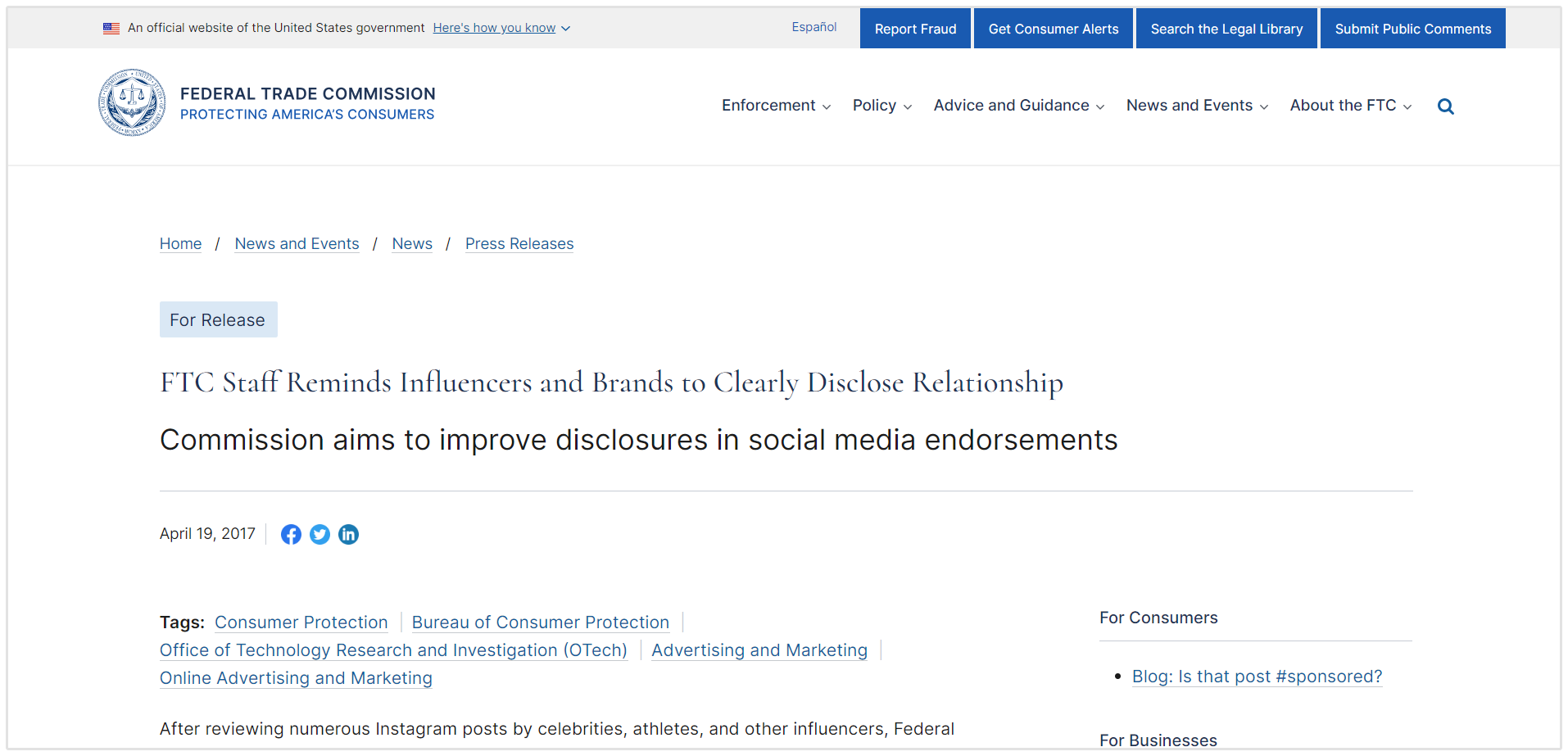
And don't forget to evaluate the success of these outreach campaigns by identifying and tracking specific metrics and goals.
For example, you could aim for each influencer’s mention or blogger’s review to translate to a certain number of sales or page visits.
Consider following the SMART method when setting goals, which ensures they are Specific, Measurable, Attainable, Relevant and Time-sensitive.
For example, you might strive to receive three backlinks to your landing page from three popular bloggers within three months, and check in on SEOptimer to see if they appear in time to achieve your goal (or not).
Setting precise goals can help better identify which influencers, bloggers and reviewers you should keep working with and which ones you should drop.
3. Partner with Parallel Products
Collaborating with other businesses in your industry that aren’t direct competitors can be very helpful for link building.
These firms have already built up an audience that’s most likely similar to yours. Therefore, sharing your business can help you boost exposure and gain sales.
So, identify some parallel businesses and products that could help you create backlinks.
Let’s use our previous example of an e-commerce business for makeup and beauty products.
If I owned this company, I might look to build partnerships with other companies that targeted college-aged girls. These could be companies selling fitness apparel, hair products or shoes.
My company would have a similar target audience as these businesses, but I wouldn’t overlap on any products (thus they wouldn’t be considered competition).
You can also target manufacturers or suppliers of your products. Ask if they’d consider including a link to your website on a page that lists retailers that sell their products.
Creating these partnerships can be mutually beneficial to both companies. Both e-commerce businesses would curate valuable backlinks, have access to an untapped audience and build meaningful business relationships that could translate into new sales and new friendships.
4. Build Up Your Internal Links
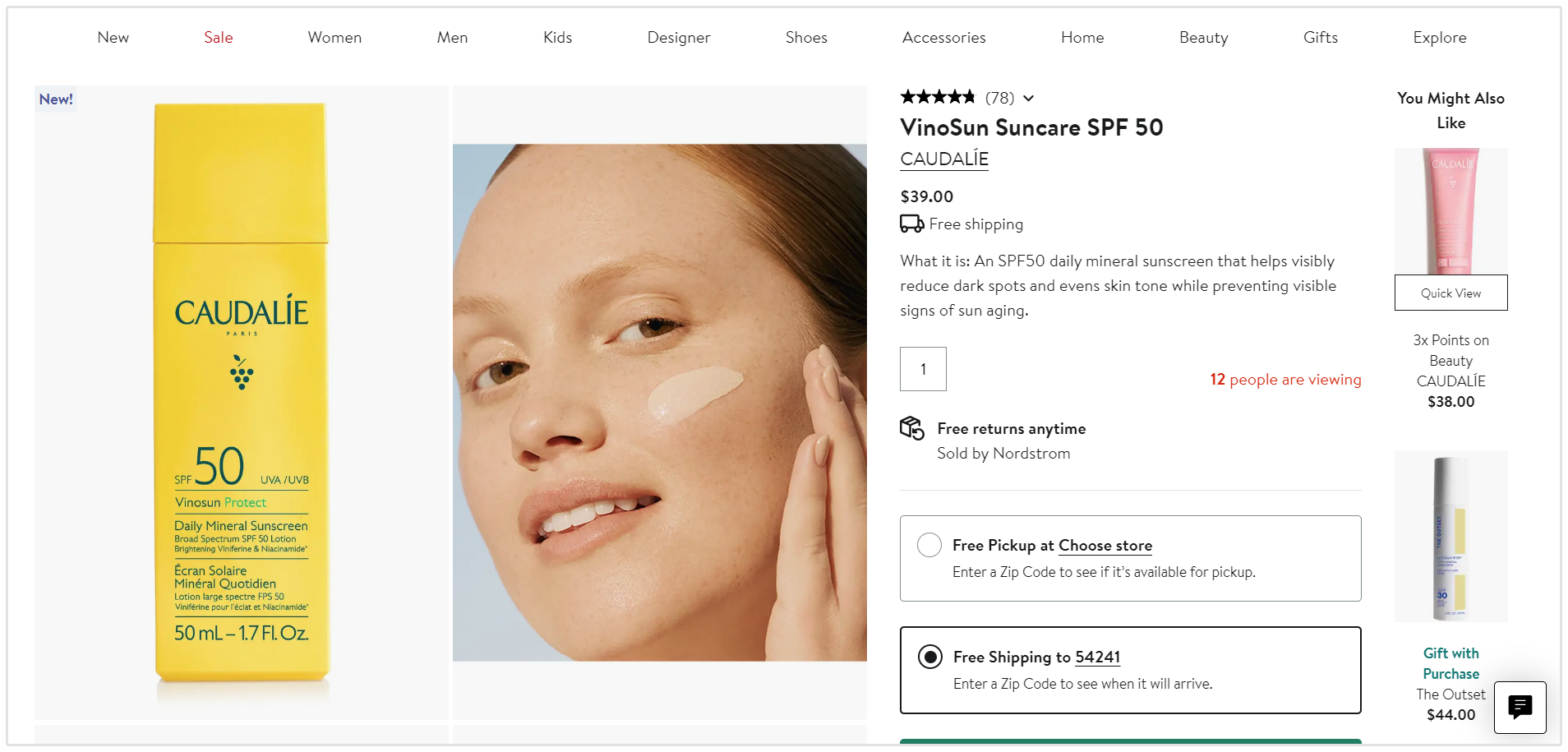
The most straightforward link building strategy for e-commerce businesses is building up internal links throughout your website.
This component affords you the most control but may require a lot of time, energy and auditing.
Internal links are valuable because they contribute to your overall SEO. They also help your site visitors easily navigate (and remain on) your website.
This can help increase essential SEO and e-commerce metrics like average purchase rate and time spent on site.
Start building internal links by displaying related products on each product page. This strategy is a no-fluff way to add valuable links and entice visitors to stick around.
If your business maintains a blog (which I highly recommend—you’ll see why below), consider creating posts around recommended purchases, best-performing items or even employee favorites.
5. Create Linkable Assets
If you find yourself struggling to secure backlinks to your business’s home or product pages, consider creating linkable, shareworthy content.
Linkable content could be a blog, infographic, photo, video, how-to guide, interview or e-book.
Some influencers, bloggers or site managers may be hesitant to merely link to a product page. Providing information that transcends a promoted product can help boost your chances of gaining a backlink.
Creating linkable assets only increases your link opportunities. Put yourself in the mind of your consumer here. Think about what would make you click on a link to an unknown site.
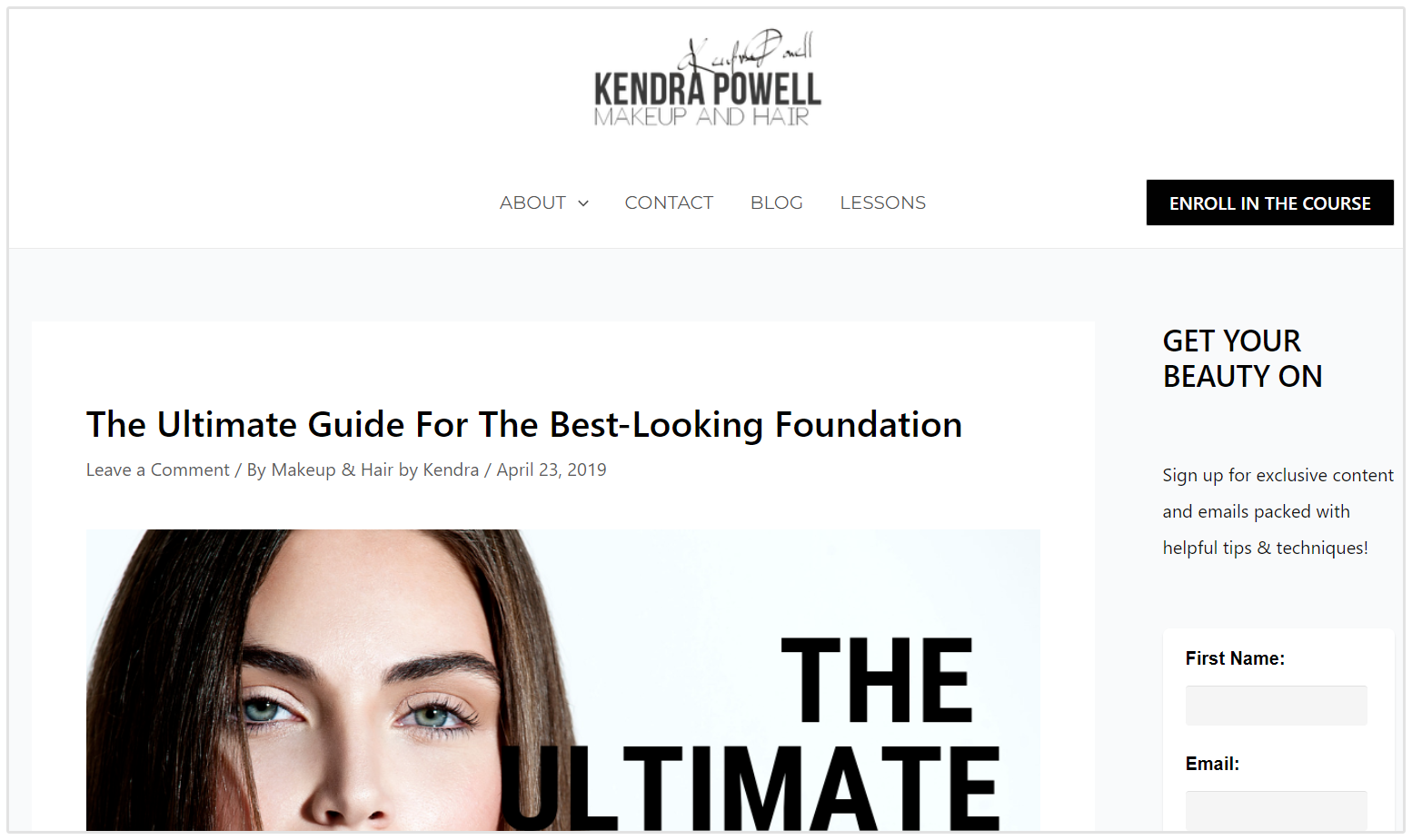
In the case of my pretend makeup and beauty products business, linkable assets could include a how-to video about applying a new foundation, an infographic on how to choose between different makeup brushes or even a blog post featuring an interview with a renowned makeup artist.
All three of these assets could encourage thousands of backlinks from industry leads and consumers within my audience pool.
Final Thoughts on E-commerce Link Building
Along with building backlinks for your business, building relationships is also vital. Connecting with (and being trusted by) social influencers, partners, manufacturers and popular reviewers can help immensely with your word-of-mouth marketing and link building process.
Link building can be a long and grueling process for e-commerce businesses, but with a little strategy and a lot of patience, you’ll eventually see a boost in exposure, sales and success.










